Who Controls the User Experience? AMD’s Carrizo Thoroughly Tested
by Ian Cutress on February 4, 2016 8:00 AM EST#1: The HP Elitebook 745 G2 (Kaveri, A10 PRO-7350B)
The Kaveri system chosen was selected as a pinnacle system – one of the best 19W Kaveri devices currently on sale. This is an A10 PRO-7350B system, which translates as a dual module/quad thread processor with a base frequency of 2.1 GHz and a turbo mode up to 3.3 GHz. The APU contains integrated ‘R6’ level graphics based on GCN 1.1, for 384 streaming processors at a frequency of 533 MHz. The 1600x900 TN display was certainly nothing to write home about, but unlike some other devices in this test it came with a 256GB SSD and is strangely enough the only device in our test with dual channel memory (2x4GB, DDR3-1600 C11). This memory aspect is one we’re going to revisit a fair bit as it explains a significant angle surrounding the binary decisions that AMD has to make in a platform.
| HP Elitebook 745 G2 (Kaveri) Specifications | |
| Size and Resolution | 14-inch, 1600x900 TN |
| Processor | AMD A10 PRO-7350B Dual module, 4 threads 2.1 GHz Base Frequency 3.3 GHz Turbo Frequency |
| Graphics | Integrated R6 384 Shader Cores 553 MHz maximum frequency GCN 1.1 |
| TDP | 19W |
| Memory | 8 GB in Dual Channel Operation 2 x 4GB at DDR3L-1600 C11 2 SO-DIMM Slots |
| Storage | 256GB SSD |
| Battery Size | 50.27 Wh 3 cell Li-Po design, rated to 10.25 hours |
| WiFi | Broadcom 802.11n 1x1 |
| Optical Drive | No |
| Dimensions | 33.9 cm x 23.7 cm x 2.1 cm |
| Weight | 1.7 kg |
| Webcam | 1280x720 |
| Other Features | Gigabit Ethernet 4 x USB 3.0 DisplayPort VGA Smart Card Reader |
| Operating System | Windows 8.1 |
| Website Link | link |
The Wi-Fi on hand in the G2 was a single stream Broadcom 802.11n solution, which is broadly disappointing. A remark I will probably make several times in this piece is that if I can get 2x2 802.11ac on a sub-$150 motherboard, why is it not in a laptop >$600? A positive on the battery life side is that the G2 had the biggest battery out of all the devices we tested, coming in at 50.274 Wh, although unfortunately our battery life test failed and we ran out of time to run another.
As for the device itself, the HP Elitebook line is typically focused on premium business customers, and comes in as one of the more stylish elements this field, relying on an aluminium clamshell and a polished design to set the tone. HP is one of AMD’s top tier partners for laptops, which is in itself somewhat surprising perhaps, but most of their business is in the professional line. This means features such as a VGA port and a fingerprint sensor come standard.
It certainly does not look out of place in any meeting room or on a flight. The bezel around the display is noticeable but not too large, with a 720p webcam at the top.
On the sides we get a total of four USB 3.0 ports, and a DisplayPort to compliment the VGA. To fit with some business use, the smart card reader is on the left, as well as the docking port on the right hand side between the circular power cable and the Ethernet port. The Ethernet port is interesting, given that in the ‘thin is best’ mantra for laptops an Ethernet port is quite bulky, so many devices eschew them all together and provide a USB-to-Ethernet adaptor. But instead we have an expanding Ethernet port which makes room for the RJ-45 connector. It saves having to remember another cable in the work bag.
Mouse movement comes from both a trackpad and a nub in the center of the keyboard, with each having a mix and match set of left and right mouse buttons. Personally, using the trackpad during testing was a nightmare as it was not particularly responsive, requiring exertion and exaggeration to get the cursor to move, meaning for most of the time a mouse was plugged in anyway. Technically this G2 sample is actually an old one from stock, perhaps suggesting it has been ‘lightly used’. This is shown by the front of the device.
Even a bad camera can’t hide some scratches. Then again, a number of business devices are held in pouches to save from scrapes, perhaps belying the ‘we kept this in a stack of other laptops that could scratch it’ mantra.
The keyboard was a little different to what I am used to, with odd half-height up and down arrows as well as having the home/end and page up/down keys on the right hand side. There are a couple of immediate second function keys, including the Wi-Fi and Mute buttons on the top right next to the speaker (and also right next to the delete key). The power button on the top left is near the escape key, and in a week I hit it at least twice by accident.
The full aluminium design of the clamshell bodes well for cooling, although there is only a single vent on the left hand side for an exhaust. Depending on the power of the fan, and corresponding heat soak, performance may be temperature affected in the long run.
HP Elitebook 745 G2 Specific Testing
With i1Display Pro colorimeter on hand (sorry, we didn’t have a spectrophotometer for more accurate color measurements), the G2 display running at 1600x900 with a TN panel came very low on our scoring. The high brightness was low (267 nits), and the low brightness was high (1.69 nits), giving an overall contrast ratio of 157. On the plus side, one could argue that the white point, at 6476K, was pretty good.
The color displacement in the calibrated display showed blue was way, way off what it should have been. Both red and green at low settings were also off target, with green having the best default line.
Here is the A10 PRO APU, showing the 19W TDP in the Bald Eagle platform. Kaveri and Carrizo are still both on 28nm, and it’s worth noting that these chips do not have any L3 cache but a super-associative 16-way L2 cache to reduce cache misses.
The G2 graphics are integrated into the APU, showing here the link to DDR3 memory at 25.6 GB/s (that’s dual channel, DDR3-1600 C11) for 384 streaming processors. This falls under the Spectre code name, and is DX12_0 compatible with the right OS and drivers.


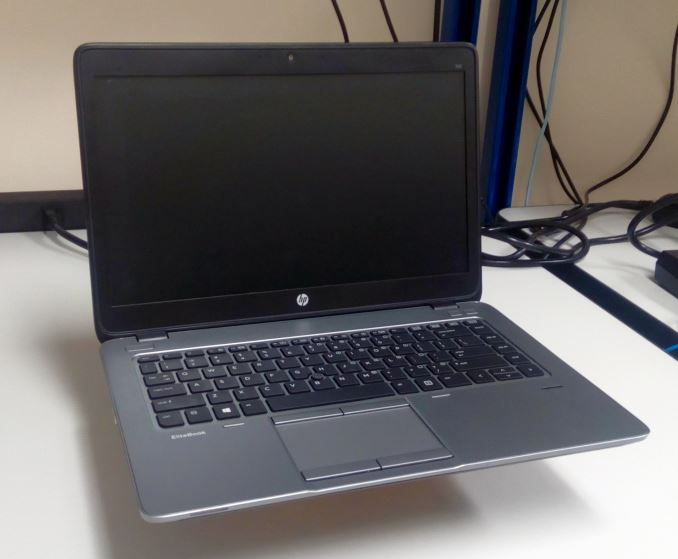
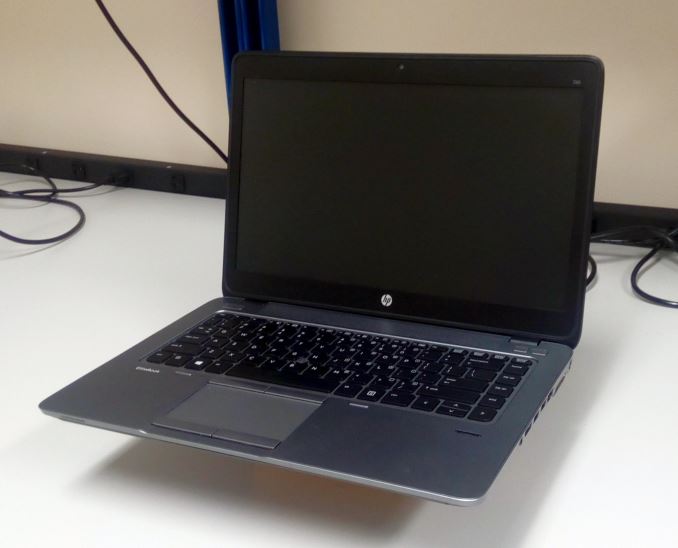


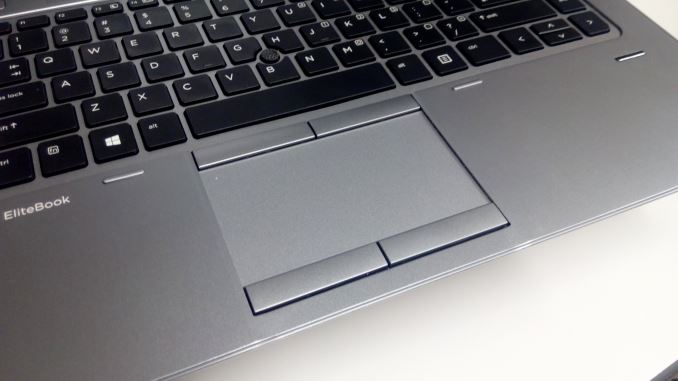
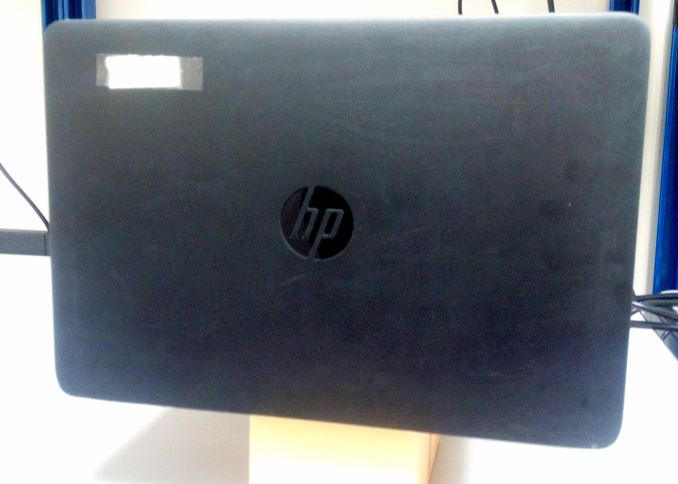
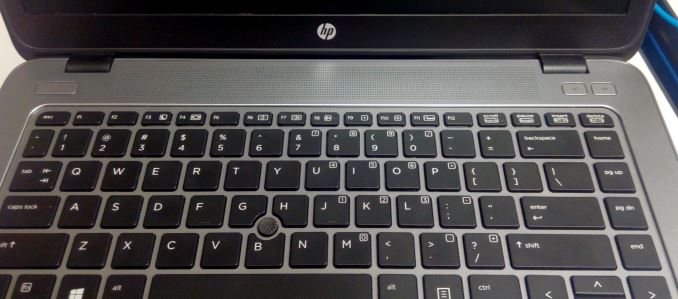






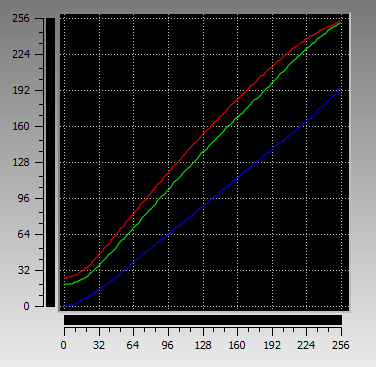










175 Comments
View All Comments
CajunArson - Friday, February 5, 2016 - link
Yes, and while Zen is going to be much more power efficient, the first models are for servers and desktops. It won't be until well into 2017 until we see a mobile part from AMD based on Zen.Flunk - Friday, February 5, 2016 - link
Claims of future products should always be taken with a grain of salt. It's not real until the product is available and the benchmarks are in.CajunArson - Friday, February 5, 2016 - link
I agree. I'm not saying that Zen will beat whatever Intel is selling in 2017. I'm just saying that it would be hard for mobile Zen parts not to be more power efficient than these last-gasp Carrizo's when mobile Zen finally launches.nandnandnand - Friday, February 5, 2016 - link
2017 for mobile Zen? OmgCajunArson - Friday, February 5, 2016 - link
Well, I can guarantee it won't launch in 2016. I'm also an optimist so 2017 (and not January either) it is (a pessimist would say 2018).Dobson123 - Friday, February 5, 2016 - link
Obviously, a new mobile chip every year around June: Llano in 2011, Trinity in 2012, Richland in 2013, Kaveri in 2014, Carrizo in 2015, Bristol Ridge (same as Carrizo) in 2016, Raven Ridge (Zen, 14nm) in 2017.psychobriggsy - Friday, February 5, 2016 - link
Carrizo with single-channel DDR3 1600 is pointless, especially for games. Did I miss the results when you put the second DIMM in?I've said it before, AMD needs to create its own laptop designs, like it designs its own GPUs, and then sell them via its own OEM channels that it uses for Graphics Cards.
Obviously, it needs to shift its APUs to 14nm first, because 28nm has been pushed as far as possible with Carrizo, but there's a massive gap in power consumption and performance still.
ImSpartacus - Friday, February 5, 2016 - link
Doesn't amd already have Radeon-branded ram and ssds? An entire device doesn't seem unthinkable.Ian Cutress - Friday, February 5, 2016 - link
When we get the desktop Carrizo parts in (Athlon X4 845), we'll be doing a breakdown at 65W with IPC and DRAM analysis.nathanddrews - Friday, February 5, 2016 - link
It will be nice to finally see Carrizo get a proper shake. Limiting it to 15W and single-channel seems like a terrible shame, especially in the category of laptop it is being sold in. Nearly everyone that I interact with never actually counts the hours or minutes of battery life they get. Instead, they just keep their laptops plugged in any time they are near an outlet.Desktop Carrizo excites me mostly just because I want to build a UHD-proof HTPC out of it.